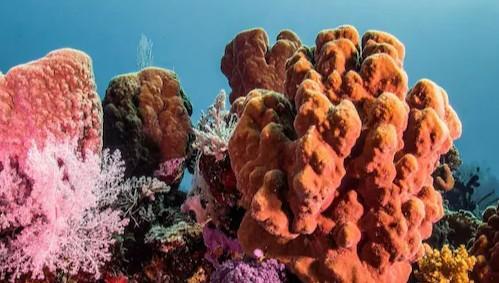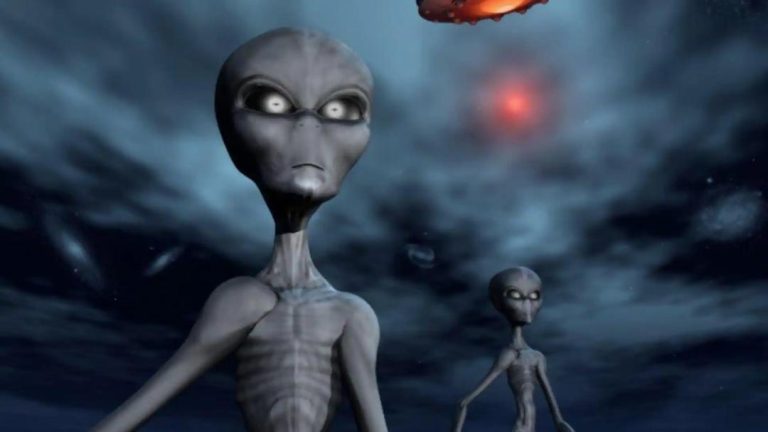
Oldest ocean reptile ecosystem from dinosaur era found in Arctic
In a groundbreaking discovery, a vast fossil bed containing over 30,000 remains has been unearthed in the Arctic, shedding light on the oldest known oceanic reptile ecosystem from the Age of Dinosaurs. The fossils, which include teeth, bones, and coprolites, represent a diverse array of marine reptiles, amphibians, bony fish, and sharks that thrived around 249 million years ago. This remarkable find provides unprecedented insights into the early food chains that existed during this pivotal period in Earth’s history.
The Arctic region, once thought to be inhospitable to life, has yielded a treasure trove of fossils that are redefining our understanding of the evolution of marine ecosystems. The discovery of this ancient oceanic reptile ecosystem is a significant milestone in the field of paleontology, offering a unique window into the past. By studying these fossils, scientists can reconstruct the complex relationships between predators and prey, and gain a deeper understanding of the dynamics that shaped the evolution of life on Earth.
The fossil bed, which dates back to the Early Triassic period, is a remarkable example of a well-preserved ecosystem. The sheer number of fossils found, over 30,000, is a testament to the richness and diversity of life that existed during this time. The fossils include a wide range of species, from large marine reptiles like ichthyosaurs and plesiosaurs, to smaller fish and sharks. The presence of coprolites, or fossilized feces, provides additional evidence of the complex food webs that existed in this ancient ecosystem.
The discovery of this ancient ecosystem has significant implications for our understanding of the evolution of life on Earth. By studying the fossils and reconstructing the food chains that existed during this time, scientists can gain insights into the dynamics that shaped the evolution of marine ecosystems. The findings also highlight the importance of the Arctic region in the Earth’s history, and demonstrate that this region was once home to a diverse array of life forms.
The Early Triassic period, during which this ecosystem existed, was a time of significant upheaval on Earth. The supercontinent of Pangaea was still forming, and the climate was much warmer than it is today. The oceans were also very different, with no coral reefs and few of the modern fish species that we see today. Despite these differences, the fossil record suggests that the oceans were teeming with life, and that the evolution of marine ecosystems was well underway.
The study of this ancient ecosystem is also providing valuable insights into the evolution of marine reptiles. The fossils found in the Arctic include several species of ichthyosaurs and plesiosaurs, which were among the first marine reptiles to evolve. These species were highly adapted to life in the water, with streamlined bodies and powerful tails that allowed them to swim and hunt in the oceans. The discovery of these fossils is helping scientists to reconstruct the evolutionary history of these species, and to understand how they came to dominate the oceans during the Age of Dinosaurs.
In addition to the scientific significance of this discovery, the finding of this ancient ecosystem is also a reminder of the importance of preserving our natural heritage. The Arctic region, once thought to be inhospitable to life, is now recognized as a vital component of the Earth’s ecosystem. The discovery of this fossil bed highlights the need to protect and conserve this region, and to ensure that future generations can continue to study and learn from its rich natural history.
In conclusion, the discovery of the oldest known oceanic reptile ecosystem from the Age of Dinosaurs is a significant milestone in the field of paleontology. The fossil bed, which contains over 30,000 remains, provides a unique window into the past, and offers insights into the early food chains that existed during this pivotal period in Earth’s history. The study of this ancient ecosystem is helping scientists to reconstruct the evolutionary history of marine reptiles, and to understand the dynamics that shaped the evolution of life on Earth. As we continue to explore and learn from this remarkable discovery, we are reminded of the importance of preserving our natural heritage, and of protecting the Arctic region for future generations.






